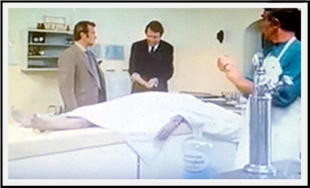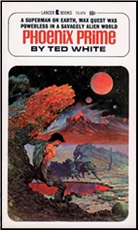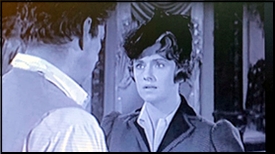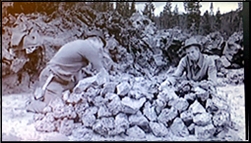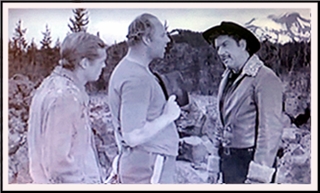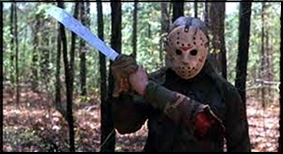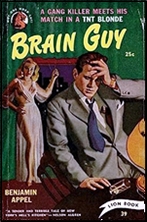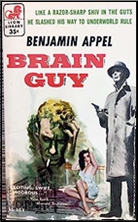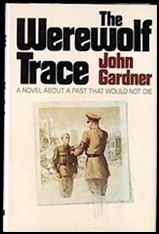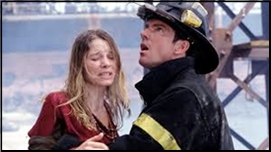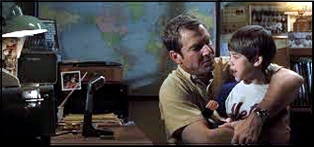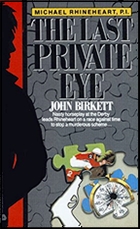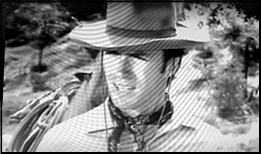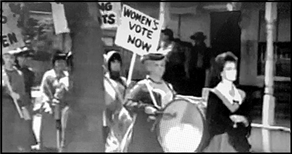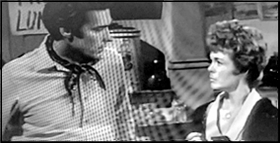Mon 24 Jul 2023
A Spy Thriller Made-for-TV Movie Review by David Vineyard: BERLIN AFFAIR (1970).
Posted by Steve under Reviews , TV Espionage & Spies[8] Comments
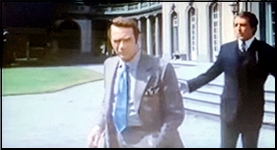
BERLIN AFFAIR. NBC / Universal TV, 02 November 1970. Darren McGavin, Fritz Weaver, Brian Kelly, Claude Dauphin, Pascale Petit, Christian Roberts, Darren Nesbit, Kathie Browne. Teleplay by Peter Pendulik & E. Jack Neuman, basef on a story by Eliot West. Directed by David Lowell Rich. Currently streaming on YouTube (see below),
Surprisingly good international intrigue pilot for a series that never developed, Berlin Affair features Darren McGavin as Peter Killian, a manhunter for InfoCon Geneva, a sort of INTERPOL=like organization that hunts down people for their clients. Here he is summoned to InfoCon’s lavish headquarters in Geneva for his latest assignment by his boss Mallicent (Fritz Weaver in a sly performance — and incidentally a great name for his character) whose understanding of who and what Killian is makes their relationship testy (“…my very best manhunter, in spite of everything you really do like that don’t you?â€).

It seems a courier has been found washed ashore, murdered with nothing but an empty watch on his wrist. The courier was travelling with Paul Strand (Brian Kelly), and old friend of Killian’s, and now the police want to question Strand, and InfoCon has been hired by a mysterious plastics firm called StetinFlex to find Strand.
Strand saved Killian’s life once, and fed up with Mallicent’s high handed ways, McGavin resigns, but he heads for Berlin to try and contact his old friend and incidentally check out StetinFlex. He succeeds in both, StetinFlex proves to be a front for some criminal outfit operated by one Languin (Claude Dauphin) and his two henchmen Christian Roberts and Darren Nesbit ,who drug Killian and are going to kill him until he evades them.
Killian has found Strand too, and when he goes to meet him Strand too tries to kill him leaving him for dead.
“You don’t belong to anyone Peter. You get sick and you die — alone.â€
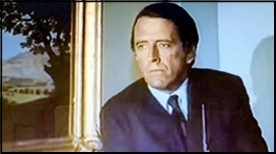
Now Killian wants revenge and to know what was in the empty watch the courier was wearing that so many men would kill for. Strand turns out to have a girl. Wendy Romer (Pascale Petit) so it is back to Berlin to see if she leads to Strand, but things get complicated when Killian discovers Wendy is the secretary to Languin at his art gallery. Even more complicated, Killian is falling for Wendy who is tied into Strand’s plans to sell Languin what he stole from the watch case.
Attractive Berlin location shooting open this one up quite a bit and McGavin’s mix of charm and intensity are perfect for Killian, a complex man who fights against Mallicent’s all too perfect insight into his nature and motivation.
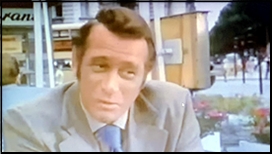
Dauphin has little to do, and Kelly is, as usual, mostly adequate as the charming Strand, while Petit is attractive certainly, but no earth shaker. That leaves most of the work to McGavin playing off Weaver in their scenes together and some decent thuggery by the reliable Darren Nesbit. A solid script (similar to, but not a copy of the plot of Funeral in Berlin) that ties the various twists and mysteries up neatly, good direction, and better cinematography than usual, plus a downbeat ending opening up room for a series to develop round it all out.
McGavin is the primary attraction here, with Weaver’s appearances a welcome bit of spice. There is decent action here and there, a good teleplay, and good direction, but it’s mostly McGavin’s film and you’ll enjoy it or not based on your tolerance or admiration for his performances. Here he gets to stretch a little, playing a more complex and fully developed hero than usual.
McGavin’s real life wife Kathie Browne shows up in what would likely have been a recurring role as Mallicent’s personal Moneypenny. It’s little more than a walk on, but nice to see them together.
Nicely done little film, which is McGavin’s to make or break, but for my money he makes it well worth catching.
